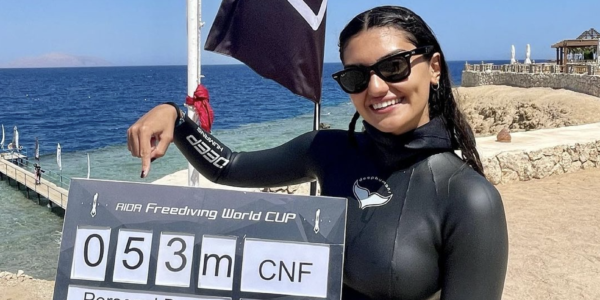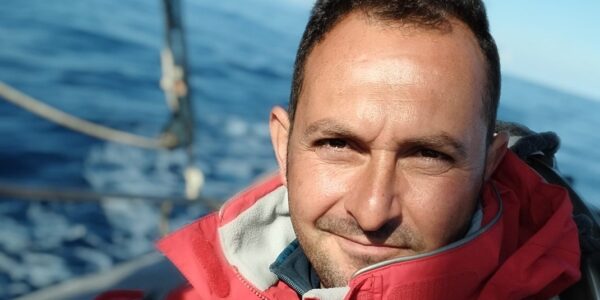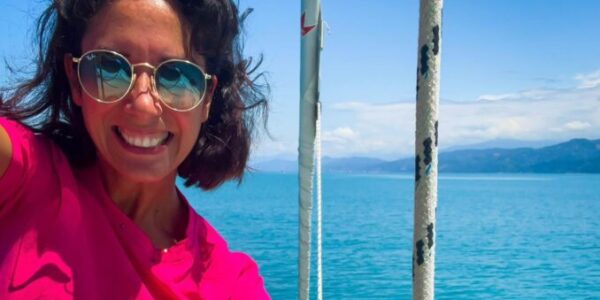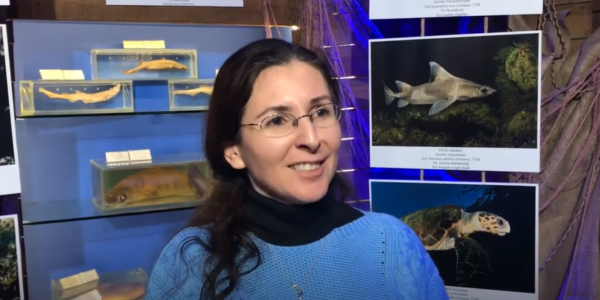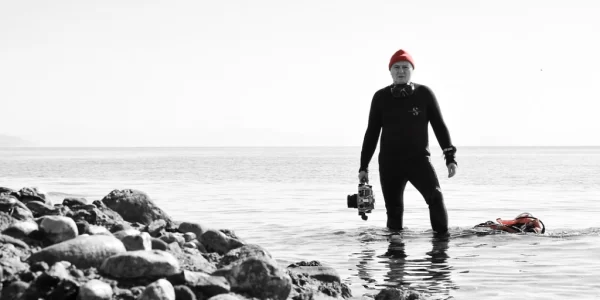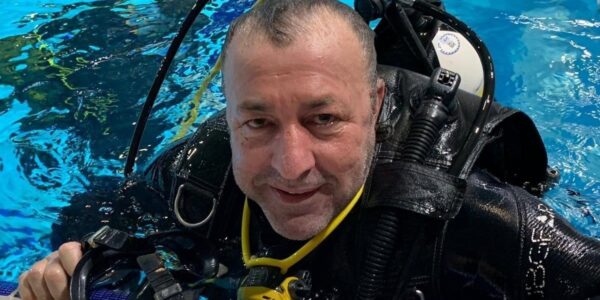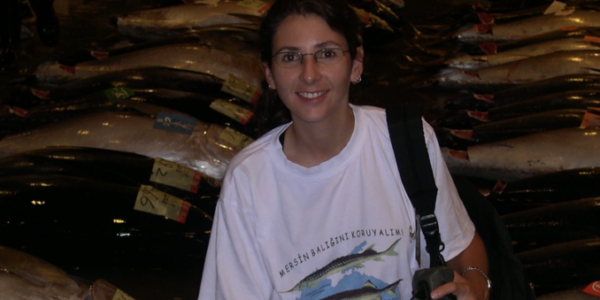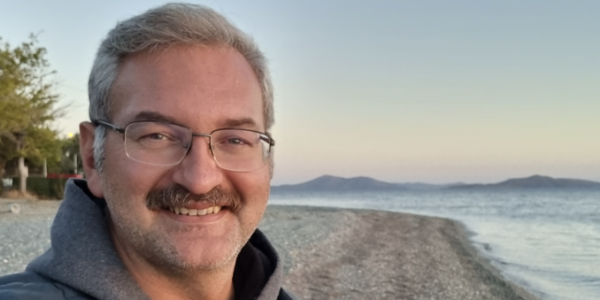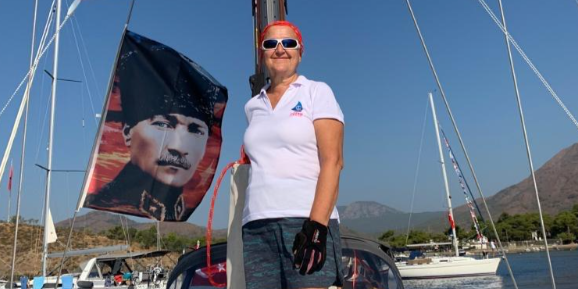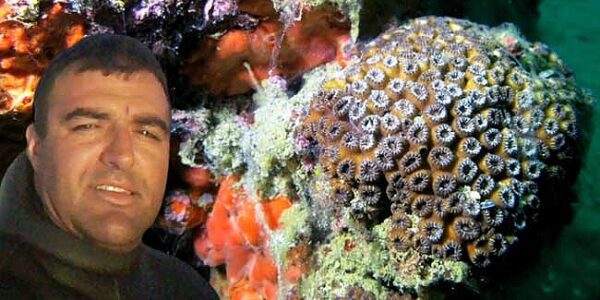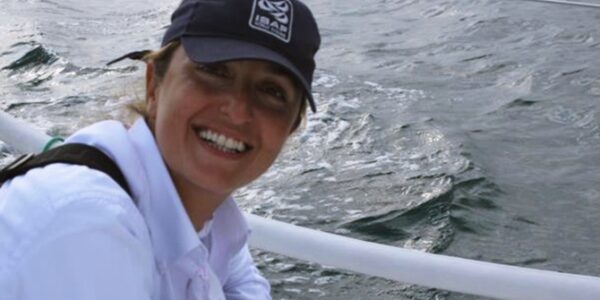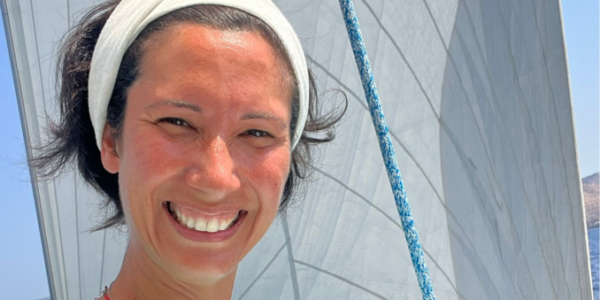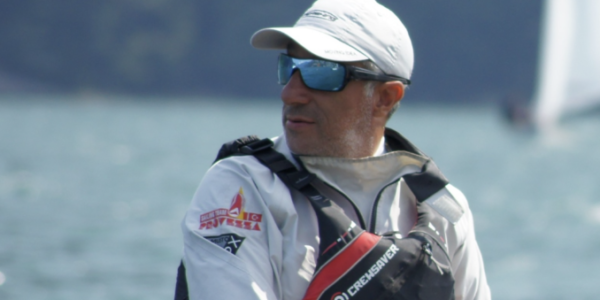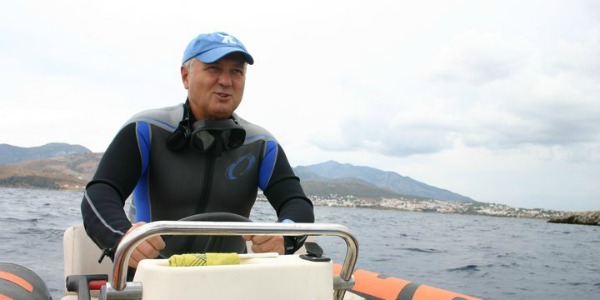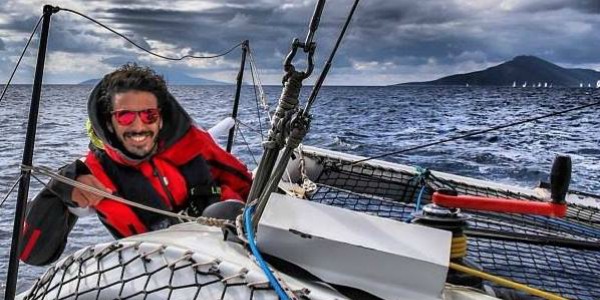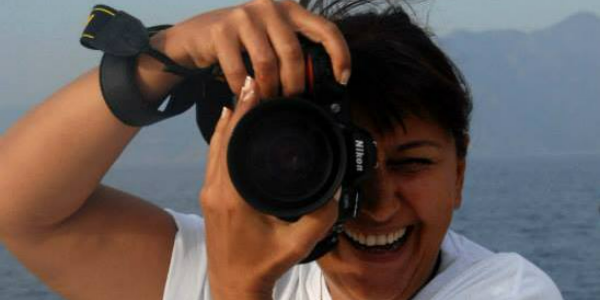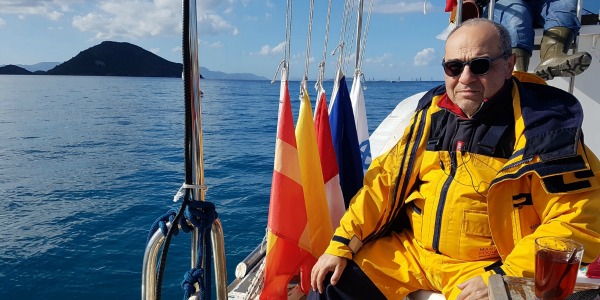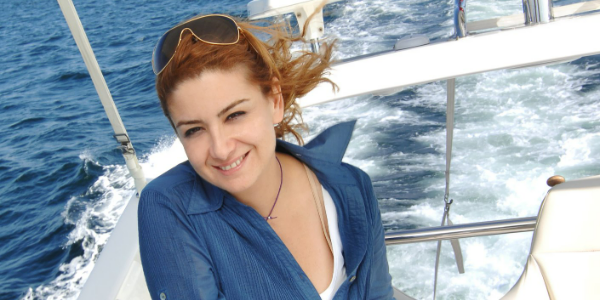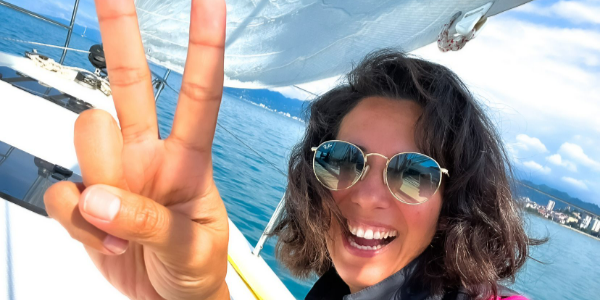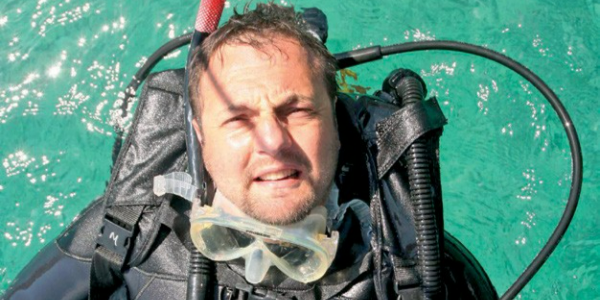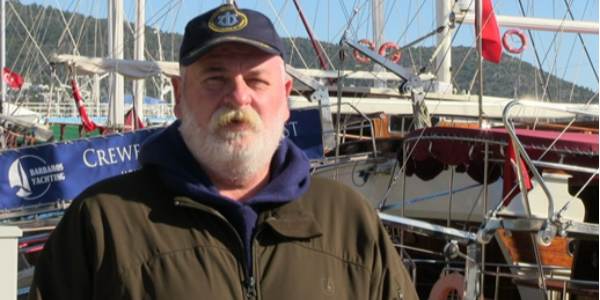We’re used to seeing them tightly packed in tins on our supermarket shelves, but even in nature it seems that sardines stick close together.
These amazing pictures show shoals of the fish packed so dense off the coast of the Philippines they block out the light of the tropical sun.
While the annual gathering of vast shoals of thousands of sardines is a well-documented event in South African waters, the Philippine sardine run was unheard of three years ago.
 Tightly packed: Even in their natural habitat, these sardines have barely more space to maneuver than the more familiar tinned variety
Tightly packed: Even in their natural habitat, these sardines have barely more space to maneuver than the more familiar tinned variety
According to world-renowned underwater photographer Dr Alexey Stoyda, the fish were first spotted gathering in large numbers around the island of Pescador, near Cebu, in the Philippines, in March 2009.
For three months, large swells of sardine were spotted circling the island before their number dwindled and they disappeared.
A year later the phenomenon occurred again when a shoal of sardines began to increase in size, and this time it showed no sign of leaving. By July whale sharks and thresher sharks descended on the island for a feeding frenzy.
Today the ‘Philippine sardine run’ has captured the imagination of divers from all over the world, keen to see one of nature’s most impressive sights. And while the number of sardine has not decreased, neither has the variety of predators keen to take advantage of the natural occurring ‘bait-ball’.
 Group think: A diver swims beneath the massive shoal, which moves as if it had one mind
Group think: A diver swims beneath the massive shoal, which moves as if it had one mind
 You eat them whole: The congregation of such vast numbers of tiny fish sparks a predators’ feeding frenzy
You eat them whole: The congregation of such vast numbers of tiny fish sparks a predators’ feeding frenzy
Dr Stoyda said: ‘As our boat approached the island I suddenly saw an enormous shoal in a area of water no more than one metre deep.
‘We literally had to jump into it.
‘As we began to descend deeper, the shoal seemed like a living, moving wall.
‘At a depth of 30m the ball of sardines was so dense there was no visible sun.
‘This wall was constantly moving like a cloud in a hurricane and every so often a window opened for divers, as if luring them inside before sucking them in.
‘It was unforgettable experience which I’m not sure any photograph can fully convey.’
 Spectacle: World-renowned underwater photographer Dr Alexey Stoyda travelled to the Philippines to capture these amazing pictures
Spectacle: World-renowned underwater photographer Dr Alexey Stoyda travelled to the Philippines to capture these amazing pictures
